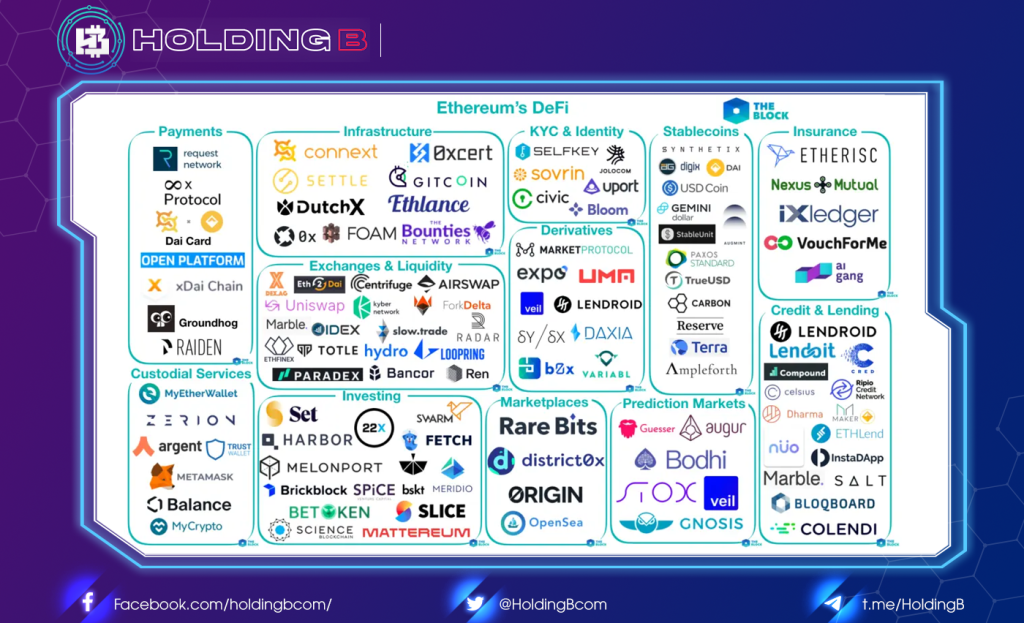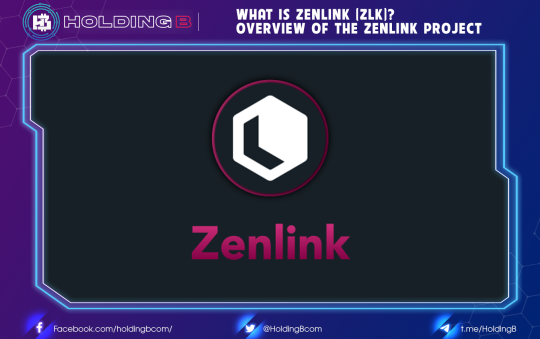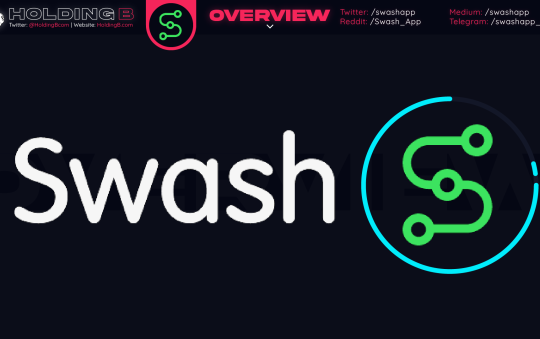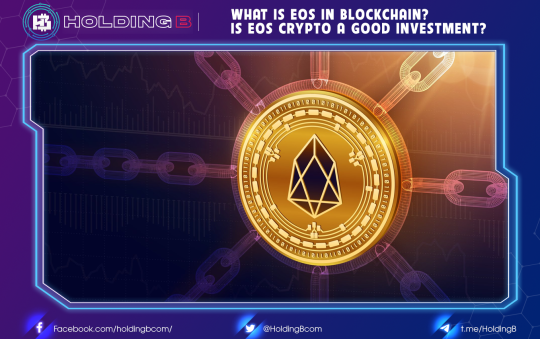What Are DeFi Legos?
Decentralized Finance (DeFi) Legos are building blocks, each with its own functionality, that can be integrated together to build one protocol with multiple functions. These Lego blocks are built for borrowing, staking, or lending assets, among other things, and can be put together to create a single multi-functional financial application, hence the term “money Legos.” Once the developer has selected the money Legos needed to create their project, they can be pushed together, like Lego blocks, to create a new protocol. This protocol will be built on the blockchain and run by a smart contract.
Money Legos remove a lot of the time and complications around building a new financial application. Developers don’t need to build every tool they need before putting them together to build their desired protocol, as these tools already exist in the form of money Legos. Moreover, some of the best are already listed in their hundreds on platforms such as defipulse.com or defiprime.com, meaning that developers can simply find the tools they require and begin to build. In addition, because DeFi Legos are composable, they can be run in the order that the developer wants.
What Is Composability in DeFi?
Composability is the interoperability of DeFi protocols resulting in efficient, creative financial services and products for DeFi end-users. That’s a mouthful, so let’s break it down.
Every day, protocols like Aave, Yearn, Synthetix, Curve, and RenVM (amongst others) mesh together to enable, process, and deliver new financial products only possible in DeFi. To understand this point, remember that DeFi protocols are open-source, permissionless, and can be used by anyone.
The open-ended and permissionless nature of DeFi protocols allows you to stack these protocols together just as you would a lego set. By playing with composable money legos (i.e., DeFi protocols like Yearn), you can unlock incredible yield farming returns, deploy flash loans, or take out loans that repay themselves.
How Do Money Legos Work?
In order to build a financial application with money Legos, a developer will choose the existing blocks for them and layer them together like building blocks. Then, because these blocks are composable, they can be layered to run one after another, or in parallel. These are all built on top of the first block, which is the blockchain, and are then run by a smart contract. The blocks to choose from when building these applications can range from the following categories and more:
- Payments
- Infrastructure
- Custodial services
- Exchanges and liquidity
- Investing
- KYC and Identity
- Marketplaces
- Prediction markets
- Stablecoins
- Insurance
- Credit and lending

There is also more than one way to build with money Legos:
- Developers have the option to start at the beginning, piecing many Lego blocks together to build the exact model they want. Think of this as opening a new box of Lego and finding the pieces you want to build the final project.
- Developers can create their project by building on the progress of others. Just as a child will go to a Lego box, find a piece that is already partially built, and build on that to make something new, developers can do the same with money Legos.
The best money legos in DeFi
The best DeFi apps, products, services, and protocols also happen to be the most composable.
What makes a DeFi protocol valuable in a composable environment is the utility created between other DeFi money legos. An easy way to understand this is to look at Curve Finance — most protocols use Curve for their services and products, making it a DeFi ecosystem essential.
Ethereum is the current home base of DeFi because it contains the vast majority of total value locked into DeFi apps. However, the rise of blockchain ecosystems not called Ethereum proves that the not-too-distant future of composability entails full interoperability across blockchains.
Essential composable DeFi protocols
- Maker DAO — A protocol for minting asset-backed stablecoins
- Compound — Instant cryptocurrency loans and crypto savings platform
- Aave — Crypto and flash loans with a wide range of collateral options
- Synthetix — Decentralized derivatives platform for minting sUSD stablecoins
- Curve — Stablecoin yield farming and exchange platform
- Yearn — High-yield crypto savings account using advanced DeFi strategies
- RenVM — A multi-chain liquidity protocol focusing on bridging BTC to DeFi
- Sushi — Decentralized exchange and DeFi hub for yield farming & crypto loans
- Polygon — Ethereum scaling solutions primarily used by DeFi applications
Up-and-coming DeFi money legos
- Alchemix — DeFi vault used to mint alUSD and auto-repaying loans
- HydraDX — Polkadot-based cross-chain liquidity protocol
- Acala — Ethereum and Polkadot-compatible DeFi hub
- Terra — Programmable blockchain layer underpinning Terra Luna DeFi apps
- Serum — Solana-based DeFi exchange, hub, and protocol
DeFi is true open finance
DeFi’s ability to freely take, integrate, and recycle components from various technologies enables it to find combinations that simply work. Moreover, the interoperability of decentralized finance protocols enables the entire ecosystem to benefit from derivative gains.
As such, the more open and permissionless DeFi becomes, the stronger it is overall, and the more end-users benefit from a genuinely frictionless financial reality.
See ya in the next article !
Don’t forget to follow useful articles about Crypto Market from team Holding B !!!
- Telegram Channel: https://t.me/HoldingBcom
- Telegram Group: https://t.me/HoldingB
- Website: https://holdingb.com/
- Twitter: https://twitter.com/HoldingBcom
- Facebook: https://www.facebook.com/holdingbcom





